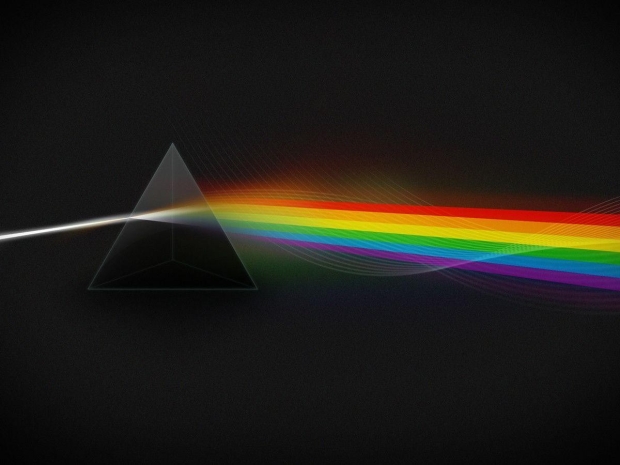Boffins tinkering with lidar tech have emerged from their smoke filled labs having created a photonics chip that spits out a tidy rainbow of laser beams. This colourful nonsense, known as a frequency comb, was meant for something else. Now, the tech might be just what data centres need to stop AI workloads from guzzling too much electricity.
The chip squeezes a proper industrial laser and a well-behaved optical circuit into a teeny bit of silicon. Instead of the usual single-wavelength lasers found in standard fibre setups, this thing splits the light into clean, evenly spaced colour bands. Each hue can carry a separate data stream, meaning faster transfers without needing a rack of kit.
Frequency combs usually need bulky and expensive lasers. But the boffins managed to cram the whole setup into a fingernail-sized chip while fiddling with lasers meant to improve long-range lidar. The surprise came when they realised the chip was already creating the combs without any of the usual nonsense.
Xscape Photonics principal engineer and former Columbia Engineering researcher Andres Gil-Molina said: “Data centres have created tremendous demand for powerful and efficient sources of light that contain many wavelengths.The technology we've developed takes a very powerful laser and turns it into dozens of clean, high-power channels on a chip. That means you can replace racks of individual lasers with one compact device, cutting cost, saving space and opening the door to much faster, more energy-efficient systems.”
The boffins picked a multimode laser diode, usually found in things that zap tumours or slice up car parts. It can produce a powerful but messy beam. They wrestled it into submission using self-injection locking. This trick involves bouncing a sliver of the light back through tiny resonators to clean it up. The end result is a properly stable rainbow beam that can be flung through fibre,
They published the story on 7 October in the journal Nature Photonics. The researchers reckon it could shrink everything from quantum gear to optical clocks, and even put lidar in places where you wouldn’t normally stick a laser.
Gil-Molina said: “This is about bringing lab-grade light sources into real-world devices. If you can make them powerful, efficient and small enough, you can put them almost anywhere.”




